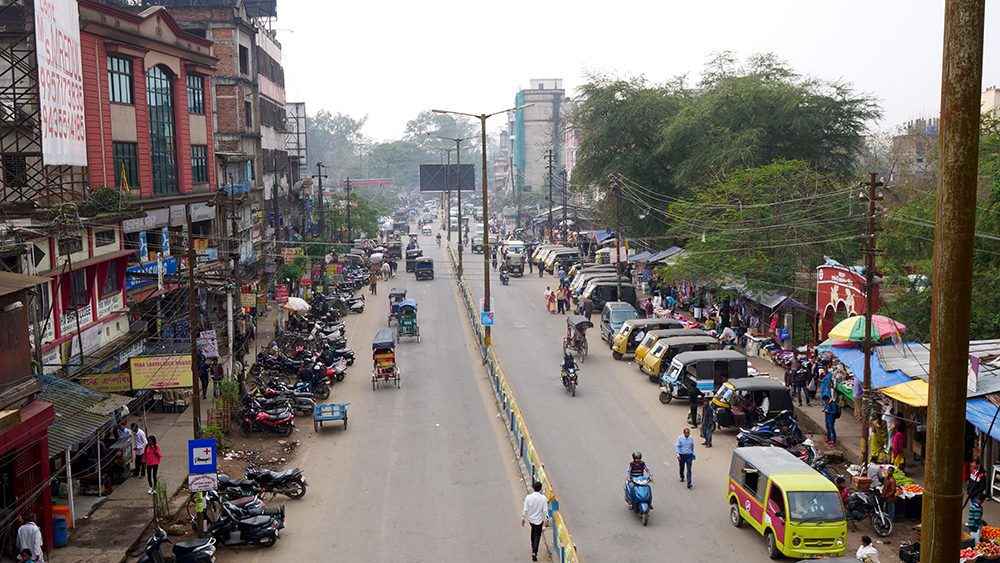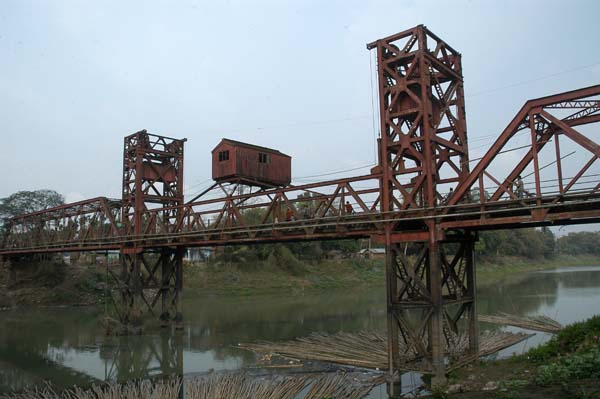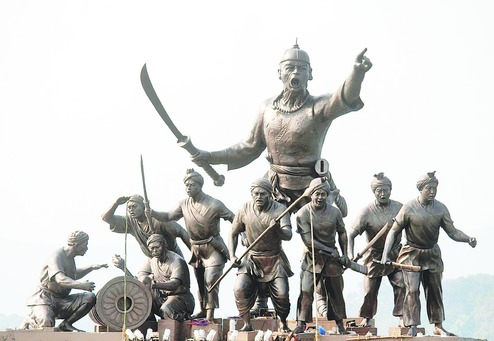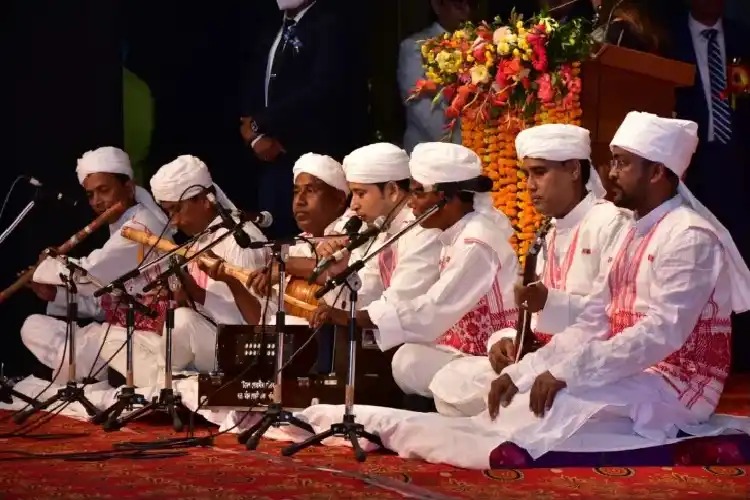Introduction
Jorhat, a city located in the northeastern state of Assam, India, has an interesting origin behind its name. The name “Jorhat” is believed to have derived from two words in the Assamese language: “Jor” meaning “twin” or “two” and “hat” meaning “marketplace” or “bazaar.”
According to local folklore, Jorhat earned its name from the presence of two marketplaces that were established on opposite banks of the Bhogdoi River, which flows through the city. These marketplaces served as important commercial centers where traders from nearby regions would gather to buy and sell goods, leading to the designation of “Jorhat” or “twin markets.”
Over time, Jorhat has evolved from its humble origins as a trading hub into a bustling city known for its cultural heritage, educational institutions, and tea industry. Today, it continues to thrive as one of the major urban centers in Assam, while still retaining elements of its historical significance reflected in its name.
Literary Heritage of Jorhat
- Nurturing Literary Figures:
- Jorhat has been a cradle for eminent writers, poets, and intellectuals. Its serene surroundings and cultural vibrancy have inspired creativity.
- Renowned literary figures like Birendra Kumar Bhattacharya, Homen Borgohain, and Jyoti Prasad Agarwala have their roots in Jorhat.
- Assam Sahitya Sabha:
- Founded in 1917, the Assam Sahitya Sabha (Assam Literary Society) plays a pivotal role in promoting Assamese literature and language.
- The Sabha organizes annual sessions, literary conferences, and cultural events, fostering literary exchange and preserving Assamese heritage.
Jorhat Theatre: A Cultural Legacy
- Inception:
- Jorhat Theatre traces its roots back to 1896 when key visionaries like Chandradhar Baruah, Radha Kanta Handique, Bedanta Baspati, and Radhanath Phukon established it.
- Initially known as “Jorhat Amateur Theatre,” it evolved into the iconic institution we know today.
- Platform for Creativity:
- Jorhat Theatre has been instrumental in promoting Assamese drama and theater arts.
- It provides a nurturing platform for:
- Talented Actors: From seasoned performers to budding stars, Jorhat Theatre hosts a diverse array of acting talent.
- Directors: Visionaries who shape productions and bring stories to life.
- Playwrights: Creative minds who pen captivating narratives.
- Notable Productions:
- “Ramani Gabhoru”: The first drama performed at Jorhat Theatre, written by Bhudhindranath Delihial Bhattacharya, the theater’s inaugural secretary.
Music and Dance
- Borgeet (Devotional Music):
- Borgeet is a cherished form of traditional Assamese music. It has deep spiritual roots and is often associated with the worship of Lord Krishna.
- These devotional songs are composed in classical ragas and are sung during religious ceremonies, especially in the Sattras (monastic institutions) of Assam.
- Borgeet lyrics express devotion, love, and philosophical themes, making them an integral part of Assamese cultural heritage.
- Sattriya Dance:
- Sattriya is a classical dance form that originated in the Sattras of Assam, including those in Jorhat.
- It was developed by the saint-scholar Srimanta Sankardeva and his disciple Madhavdeva in the 15th century.
- Sattriya combines graceful movements, storytelling, and expressions to depict mythological tales, Vaishnavite themes, and Assamese folklore.
- The dance form has gained recognition and popularity beyond Assam, showcasing its cultural significance.
Educational Excellence
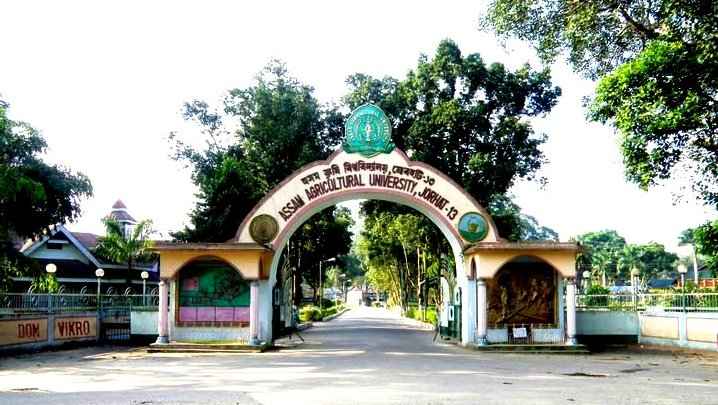
- Assam Agricultural University (AAU):
- Founded in 1969, AAU is a premier institution in North Eastern India.
- Its mission is to produce globally competitive human resources while advancing agricultural research in frontier areas.
- AAU aims to disseminate generated technologies across the state, promoting sustainability in farming and ensuring food security for the growing population.
- Contributions to Agricultural Research and Education:
- Research: AAU plays a pivotal role in agricultural research. It addresses demand-driven issues through more than 150 research projects, including the All India Coordinated Research Projects (AICRP) and All India Network Projects (AINP).
- Infrastructure Development: AAU has established six Regional Agricultural Research Stations (AAU-Zonal Research Stations) and three Commodity Research Stations. These facilities focus on crop-specific research and technology dissemination.
- Livestock and Fisheries: AAU’s Directorate of Research (Veterinary) oversees research related to livestock and fisheries, contributing to the overall development of these sectors.
- Human Resource Enhancement: AAU emphasizes quality education in agriculture and allied fields. It prepares students for agriculture-centric careers, from production to consumption.
Must-Visit Destinations
- Majuli Island:
- World’s Largest River Island: Majuli, just 20 kilometers from Jorhat city in Assam, holds the distinction of being the world’s largest river island. Its total area spans 1250 square kilometers.
- Cultural Capital: Inhabited mostly by Tribals, Majuli boasts a captivating and diverse culture. It’s considered the cultural capital of Assam.
- Neo-Vaishnavite Culture: Majuli serves as the hub of Assamese neo-Vaishnavite culture. Visitors can explore Satras (monastic institutions), witness traditional dance performances, and marvel at exquisite handcrafted artifacts.
- Natural Beauty: Majuli’s tranquil surroundings offer the perfect setting for meditation, yoga, and spiritual rejuvenation. Cycling along scenic trails, leisurely boat rides on the Brahmaputra River, and relaxing on picturesque beaches are delightful experiences.
- Festivals and Birdwatching: Vibrant festivals like Raas showcase rich traditions. Birdwatching enthusiasts can explore wetlands teeming with avian species, including migratory birds.
- Other Attractions:
- Tea Gardens: Majuli’s lush greenery includes tea gardens, where you can immerse yourself in the soothing ambiance.
- Historical Monuments: Explore majestic monuments like Garmur, Kamalabari Satra, Dakshinapat Satra, Auniati Satra, and Tengapania.
- Local Markets: Stroll through local markets to discover authentic Assamese flavors, from masor tenga (sour fish curry) to refreshing apong (rice beer).
Historical and Cultural Points of Jorhat District:
1. Formation and Early History
Origin of Name: Jorhat District derives its name from “Jorhat,” indicating two markets (“Macharhat” and “Chowkihat”) situated on opposite banks of the River Bhogdoi.
Ahom Kingdom Capital: Chosen as the capital by Ahom King Gaurinath in 1794, succeeding Sibsagar (formerly Rangpur), marking an era of significant historical transition.
2. Colonial Influence and Development
British Administration: Under British rule, Jorhat emerged as a crucial administrative and commercial hub due to its strategic location and burgeoning tea industry.
Deputy Commissioner’s Office: Established in 1869 under the Sibsagar district, the office showcases distinctive British colonial architecture and administrative practices.
Pioneering Indian Administrator: Pachu Gopal Mukherjee ICS was appointed as the first Indian Deputy Commissioner in 1911, marking a milestone in local governance.
3. Cultural Heritage and Institutions
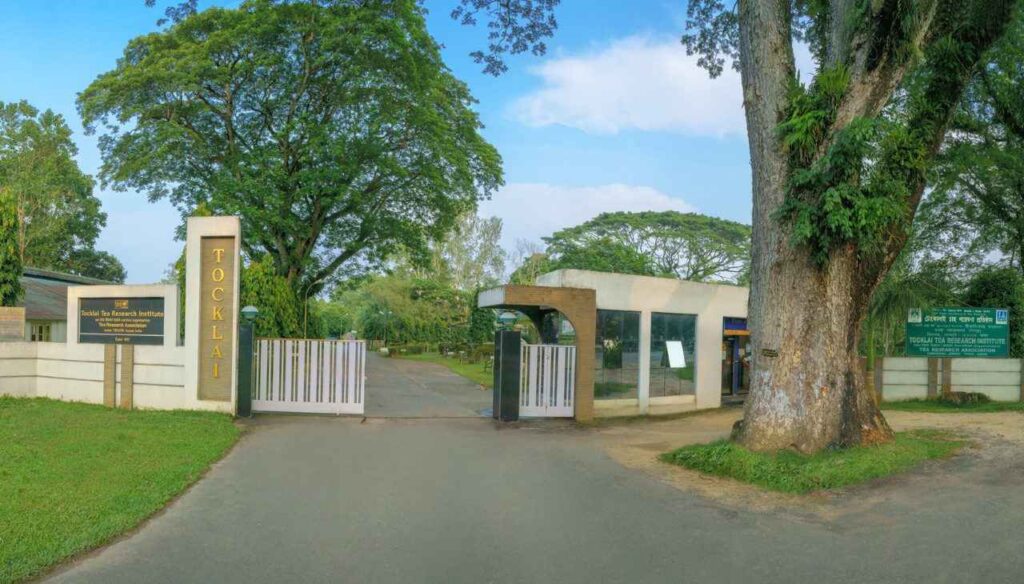
Jorhat Gymkhana Club: Founded in 1876, it ranks among Asia’s oldest golf courses, hosting prestigious events like the annual Jorhat Races, reflecting its colonial-era recreational significance.
Tocklai Tea Research Institute: Founded in 1911, globally recognized as a premier tea research station contributing significantly to Assam’s tea industry.
Thengal Bhavan: Historic site where Assam’s first newspaper, “Dainik Batori,” was published in 1926, symbolizing Assam’s rich journalistic heritage.
4. Historical Landmarks
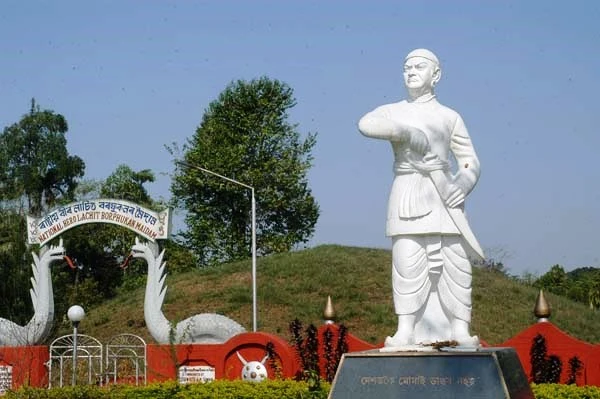
Raja Maidam: Burial ground of Purandar Singha, the last Ahom king, symbolizing the enduring legacy of the Ahom dynasty in the region.
Dhekiakhowa Bornamghar: Established in 1461 by Madhabdev, a significant Namghar (prayer house) drawing devotees from across Assam.
Lachit Borphukan’s Maidam: Memorial honoring Lachit Borphukan, the heroic Ahom general famed for defending against the Mughal invasion at the Battle of Saraighat.
5. Rebellions and Revolutionaries
Resistance to Colonial Rule: During British rule, Jorhat witnessed numerous rebellions, with notable figures like Gomdhar Konwar, Jeuram, and Piyali Barua emerging as leaders.
Sepoy Mutiny of 1857: These leaders were executed for their roles in the Sepoy Mutiny, underscoring the region’s resistance and struggle against colonial oppression.
6. Industrial Influence
Cinnamora Tea Estate: Founded in 1850 by Maniram Dewan, marking the inception of Assam’s tea industry and contributing significantly to the regional economy.
7. Infrastructure and Modern Developments
Railway Development: Introduction of narrow gauge train services in 1885 (Jorhat Provincial Railway) catalyzed economic growth, particularly in the tea sector.
8. Administrative Evolution
District Formation: In 1983, Jorhat was established as a separate administrative district, distinct from Sibsagar, reflecting its growing importance and developmental trajectory.
These historical and cultural points collectively underscore Jorhat District’s profound significance, spanning from its origins as an Ahom capital to its pivotal role in colonial trade and modern-day prominence in Assam’s socio-economic landscape.
Conclusion
Jorhat’s Cultural Significance:
- Jorhat, known as the “Cultural Capital of Assam,” has nurtured rich artistic traditions for centuries.
- It serves as a melting pot of music, dance, literature, and spirituality, fostering creativity and preserving Assamese identity.
Enduring Impact:
- Jorhat’s Borgeet (devotional music) continues to resonate in religious ceremonies, connecting generations to their spiritual roots.
- Sattriya dance, born in Jorhat’s Sattras, thrives as a classical form, captivating audiences with its grace and storytelling.
FAQ’s
Q: Where is Jorhat district located?
A: Jorhat district is located in the state of Assam in northeastern India.
Q: What is Jorhat district famous for?
A: Jorhat is known for its rich cultural heritage, tea gardens, historical landmarks, and as a hub of education and Assamese culture.
Q: What are some must-visit historical landmarks in Jorhat?
A: Key historical landmarks include the Dhekiakhowa Bornamghar, Raja Maidam, and the Thengal Bhawan.
Q5: Why is Jorhat called the “Tea Capital of Assam”?
A: Jorhat is home to numerous tea estates and is a major center for tea production and research, making it a pivotal region in Assam’s tea industry.


